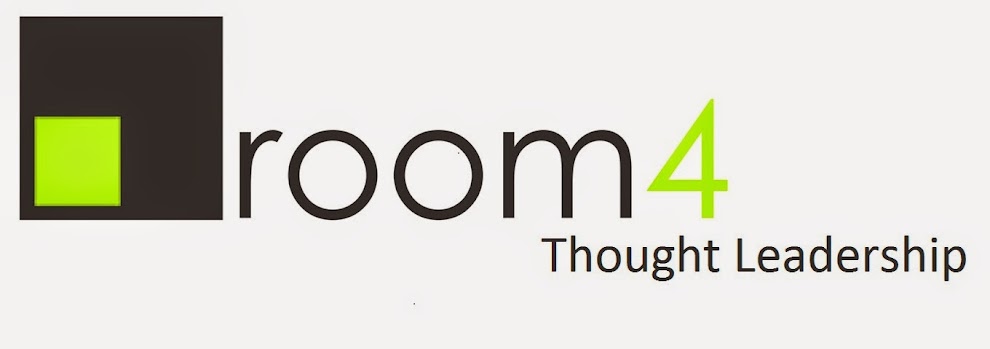- Allow time – construction people are always the busiest, most highly stressed individuals I meet. There never seems to be enough time in the day to put out all the fires they seem to be contending with. Unfortunately this means that proactive ‘wining work’ activities tend to be put at the bottom of the priority list, so that the PQQ/ITT is completed at the last minute and without enough resource being ploughed into it. Winning the next job should be one of the most important things you do – make some time, assign resource and plan to do it properly.
- Sell yourself – and prove it. Sounds simple? It would appear not. For many reasons (see above) companies actually forget the bidding process is an opportunity to sell what’s good about their company. They forget that their strengths, and more importantly even when they remember to put them in, they don’t provide any evidence. For example just telling your client you provide a quality service is meaningless. Backing it up with evidence of externally accredited standards such as ISO, as well as client recommendations delivers a much stronger message.
- Differentiate – the biggest complaint we hear about bidding at the moment, is that clients only want cheapest price and companies are prepared to ‘buy’ the work to retain turnover and keep going. However if clients are only offered a group of companies who all basically do the same thing, offer the same service, provide the same quality i.e. average – then they can only differentiate on price. However if you can demonstrate to your client that you go above and beyond what is required, provide exceptional service, innovate to improve, are able to demonstrate efficiencies and time/cost savings – then they will buy you.
- Understand the client – for me this is absolutely key to a successful bid. It’s obvious when reading a submission from a company who clearly hasn’t done their research, doesn’t understand what is important to their potential client, and is therefore only able to provide basic answers - or in some cases completely miss the mark. Before you even put pen to paper on your response you should have listed out the key client requirements, and their potential drivers. For example – a public sector client asking for examples of where you have implemented lean construction is no doubt looking for a company that can demonstrate cost and time savings. Why? Because they have strict instructions as part of the Spending Review, to cut budgets by 20% minimum. At the end of the day, a client is looking to ‘buy’ the services of a company that clearly understands their needs, and can therefore respond to them.
- School boy errors! I have saved all my frustrations on the stupid mistakes I have seen over the years for the last point, here goes: Not reading the question properly, answering the question you want to answer - not the one the client has asked, spelling and grammatical mistakes, missing key signatures, not including appendices referred to in the text, no page numbers, missing pages, obvious sections of copied and pasted text, reference to the wrong client name, lack of consistency, poorly presented document, not submitting as per instructions, going over word/page counts, lack of proof reading…..
To avoid making some of these mistakes and more contact me
at katy.harris@room4consulting.co.uk


No comments:
Post a Comment